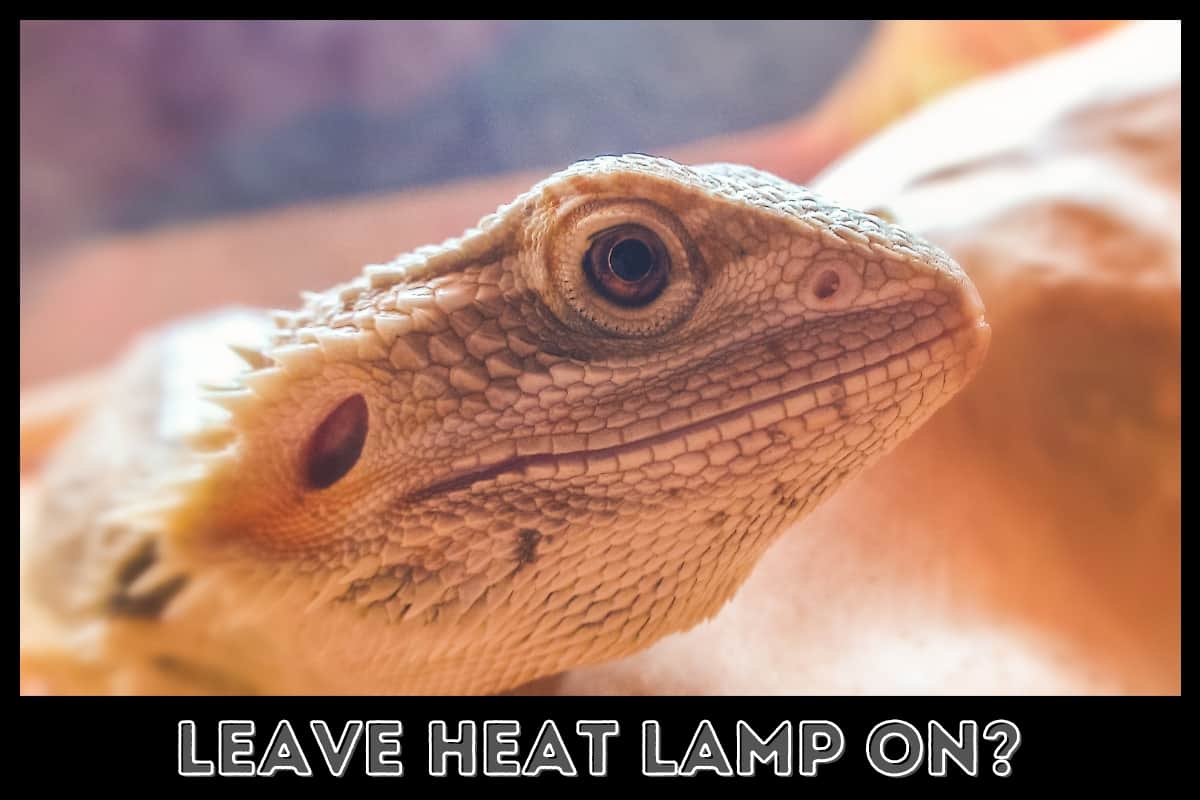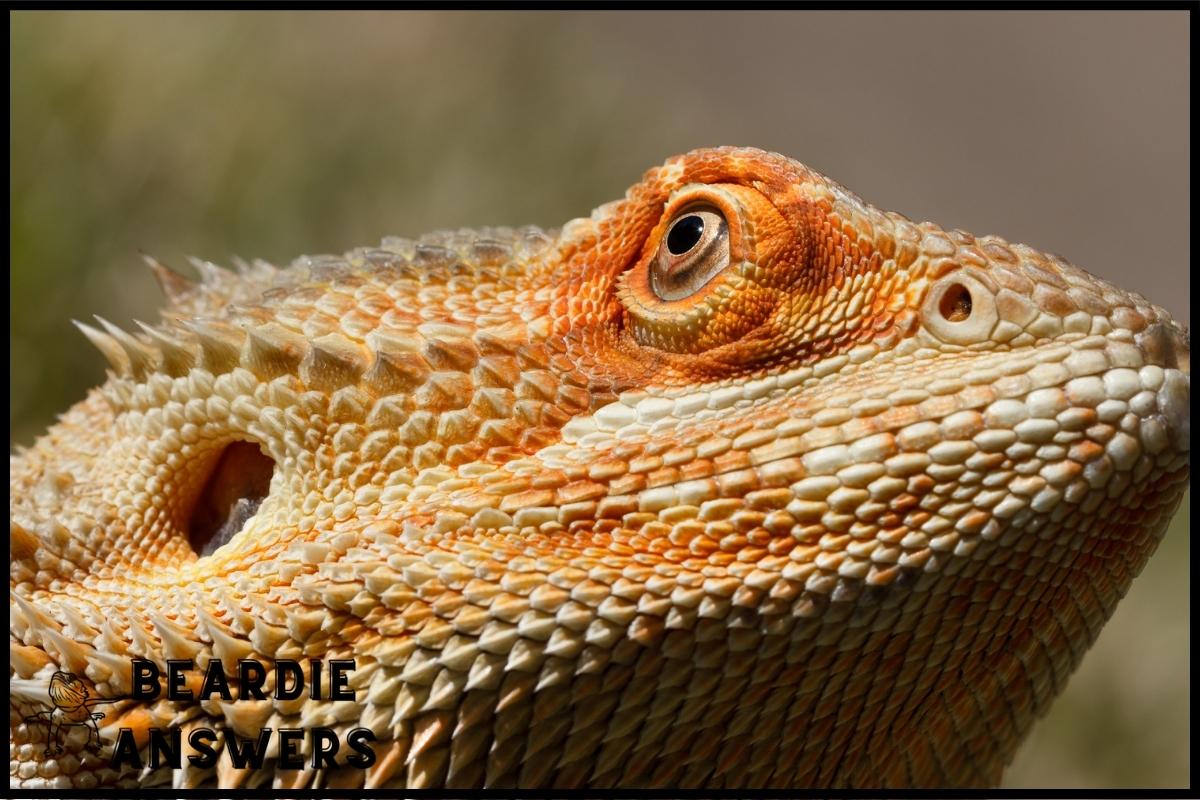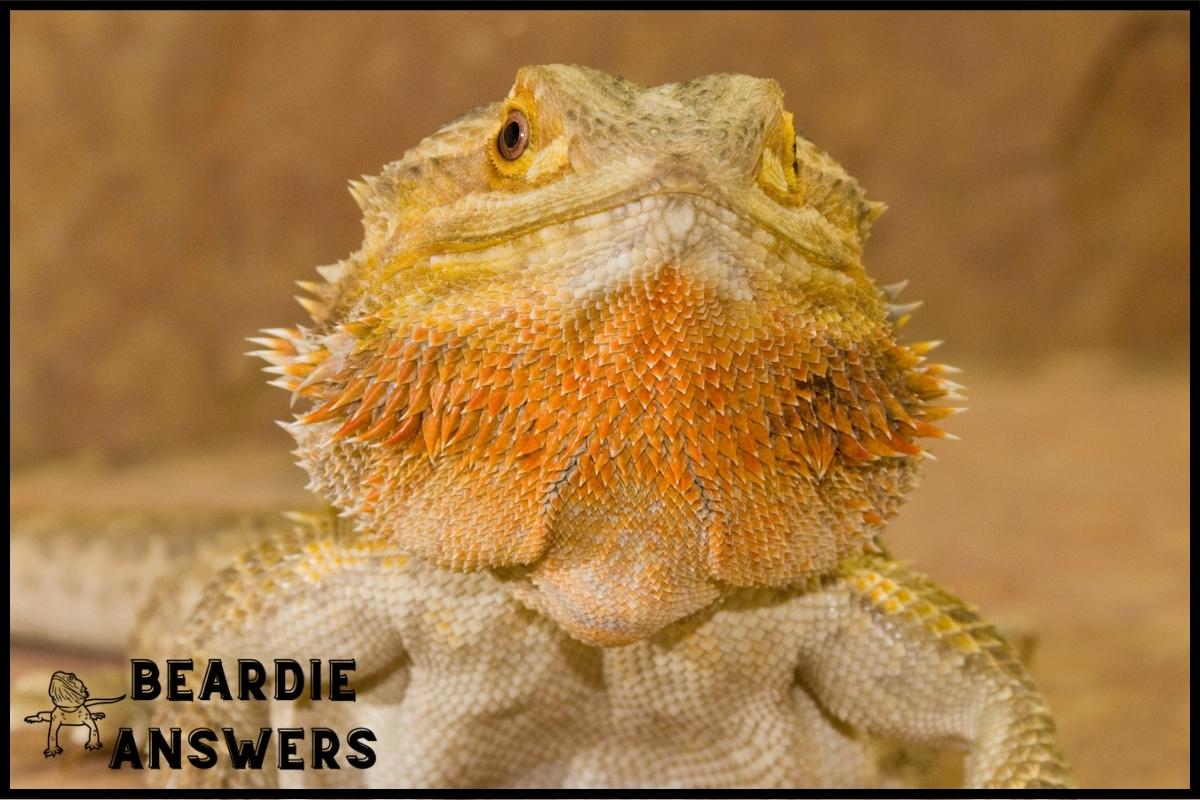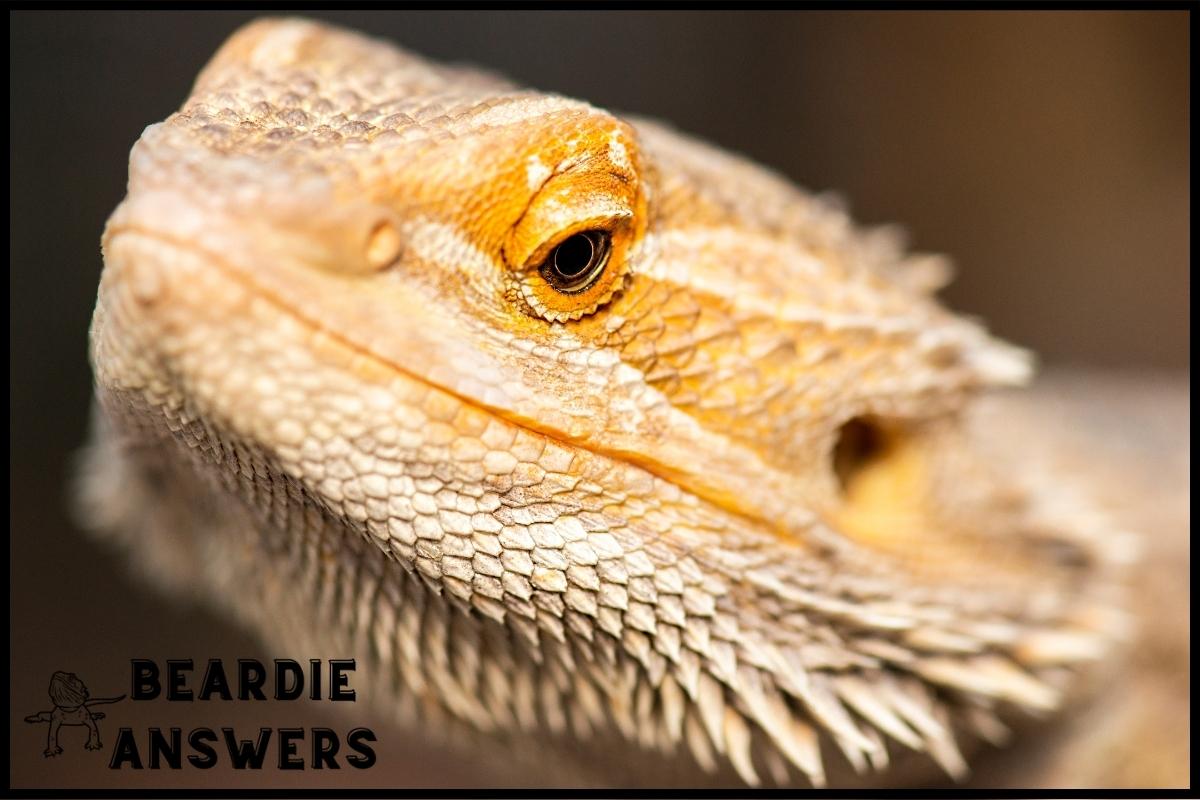It is not a good idea to leave your bearded dragon’s heat lamp on overnight. Heat lamps emit light and can disrupt a bearded dragon’s sleep cycle, causing stress and possibly overheating. Because basking occurs naturally during the day, the heat lamp should be turned off at night to allow the bearded dragon to rest.
Supplemental heat may be required overnight if you live in a colder climate or building, but it should not come from a traditional heat lamp. Because bearded dragons do not require UVA or UVB during the night, both their heat lamp and UVB lights should be turned off. Consider using a ceramic lamp, under-tank heating pad, or heat mat as an alternative heating source. This will keep your bearded dragon safe and comfortable while they sleep.
What You'll Learn
Why Heat Lamps Should Not Be Left On Overnight
Disrupts Sleep Schedule
Bearded Dragons have similar sleep schedules to humans, and it is critical to respect their natural sleep cycles. Because they are diurnal reptiles, leaving the heat lamp on overnight can disrupt their sleeping schedule. Heat lamps emit light, making it difficult for them to sleep, which can lead to fatigue and stress.
Can Cause Overheating
Overnight use of a heat lamp can cause your bearded dragon to overheat. Bearded dragons are cold-blooded and rely on their surroundings to keep their body temperature stable. If the temperature around them becomes too hot, they may overheat. This can result in serious health problems for your pet, such as respiratory distress and organ failure.
Can Cause Stress
Bearded dragons are sensitive creatures, and leaving a heat lamp on at night can stress them out. This is evident in their behavior, which includes pacing, restlessness, and difficulty sleeping. When a bearded dragon is stressed, he or she may lose appetite and become more prone to illness.
Basking Occurs in Natural Daylight
Bearded dragons are cold-blooded reptiles that require additional heat to maintain an optimal body temperature. It’s important to remember that in their natural habitat, they bask in the sun during the day. This means that providing additional heating during the day with a heat lamp should be sufficient to keep your beardie warm. No need for one at night.
Is Supplemental Heat Required at Night? (It Depends)
Depending on the temperature of your bearded dragon’s enclosure, additional heating may be required at night. If your bearded dragon’s enclosure drops below the optimal nighttime range (77-88 degrees Fahrenheit), you may need to provide additional heat.
Overheating, on the other hand, is a serious concern that can lead to stress and other health issues in your bearded dragon. As a result, it is critical to keep a thermometer in the enclosure to monitor temperatures and ensure they stay within the ideal range.
If the temperature falls too low at night, consider using a ceramic lamp, under-tank heating pad, or heat mat as an additional source of heat. However, when using these devices, it is critical to exercise caution and keep temperatures within your bearded dragon’s safe range.
How to Know if Your Bearded Dragon Is Too Cold
Cold to the Touch
Touching your bearded dragon is one way to tell if they are too cold. If they are cold to the touch, their enclosure temperature is probably too low. While turning off the heat lamp at night is required for a bearded dragon’s sleeping schedule, you must ensure that the temperature does not fall below 72° F (22° C). If it does, you should think about adding a supplemental heat source that will keep them warm without disrupting their sleeping schedule.
Lethargy
Lethargy is one symptom of your bearded dragon being too cold. A cold bearded dragon will be less active than usual, and may even be sluggish or unresponsive. If your bearded dragon isn’t warming up during the day, it could be because it’s too cold at night.
Darkening of the Body
Bearded dragons regulate their body temperature in an unusual way. If they become too cold, they will darken their skin color to absorb more heat. This is something you can often notice first thing in the morning, so keep an eye out for it.
Nighttime Supplemental Heat Options
- Ceramic lamps are an excellent choice because they produce no light and can be thermostatically controlled to keep a constant temperature.
- Under-tank heating pads, which can be placed under the tank and heated to provide a consistent source of warmth, are also effective for providing nighttime heat.
- Heat mats provide a safe and consistent source of heat.
- If you’re having trouble keeping your bearded dragon’s enclosure warm, you might want to consider moving it to a warmer room in your house.
- Whatever option you choose for your bearded dragon, make sure the temperature at night does not exceed 88°F.
Ceramic Lamp
Ceramic lamps are an excellent choice for providing additional nighttime heat for bearded dragons. They do not emit any light, unlike heat lamps, and will not interfere with their natural sleeping schedule. They can also be thermostatically controlled to maintain a predetermined temperature, making it easier to provide the appropriate level of warmth. Ceramic lamps are also less likely to cause overheating or stress than heat lamps, which is beneficial to the health and well-being of your bearded dragon.
Under-Tank Heating Pad
An under-tank heating pad is an alternative to a heat lamp. This device is installed beneath the enclosure and provides a gentle, controlled heat. It is critical to ensure that the heating pad is properly insulated beneath the tank so that the heat does not exceed safe temperatures. An under-tank heating pad provides consistent warmth without interfering with your bearded dragon’s natural sleeping schedule.
Heat Mat
Another option for nighttime supplemental heat is a heat mat, which can provide consistent, low-level heat to your bearded dragon’s enclosure. This should not be used as a primary source of heat, but rather in conjunction with a ceramic lamp or under-tank heating pad. This allows you to keep your bearded dragon warm and safe without having to worry about overheating. Always keep an eye on the temperature of your bearded dragon’s enclosure and make necessary adjustments.
Move Enclosure to a Warmer Room
If your bearded dragon’s nighttime enclosure temperatures are consistently too low, it may be necessary to relocate their enclosure to a warmer room. Moving the enclosure to a room with a more consistent temperature throughout the day can help keep the temperature stable. Keep the enclosure away from windows and other sources of direct sunlight when relocating it.
Key Points
- Heat lamps should not be left on overnight because they can disrupt the bearded dragon’s sleep cycle, cause stress, and overheat the animal.
- Because basking occurs naturally in the sun during the day, heat lamps should be turned off at night.
- If you need extra heat overnight, consider using a ceramic lamp, under-tank heating pad, or heat mat.
- Being cold to the touch, lethargy, and body darkening are all signs of a bearded dragon that is too cold.
- If the temperature drops too low at night, use a nighttime heating source that does not go above 88°F, such as a ceramic lamp, under-tank heating pad, or heat mat.

Hi! My name is Bryan, I am the “one behind the words” here are BeardieAnswers.com. I believe that providing quality care and nutrition is the best way to ensure the health of your pet. Every beardie is special and deserves the best care and attention. If you have questions about your bearded dragon, please don’t hesitate to ask! View My Full Author Page




